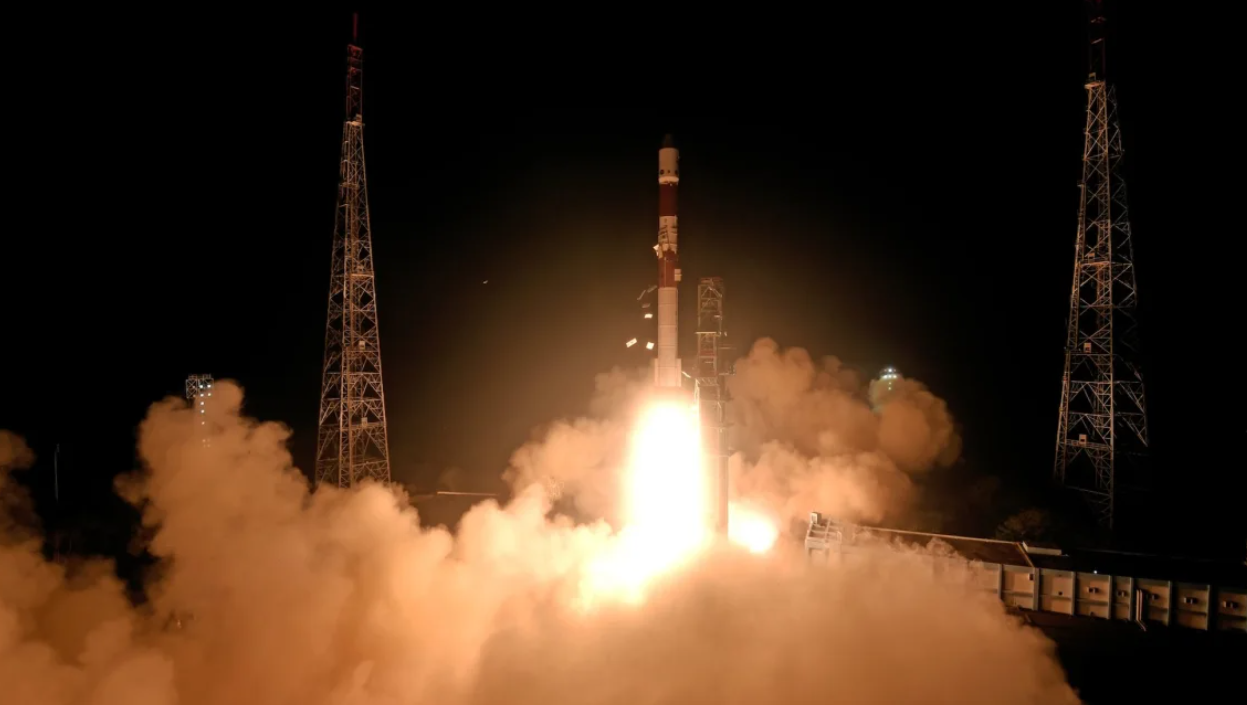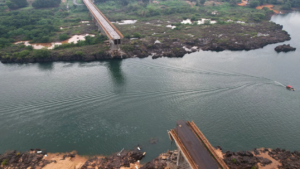On Thursday, India became the fourth country to successfully achieve unmanned spacecraft docking, marking a significant milestone for future space missions and reinforcing New Delhi’s position as a global space power.
The United States, Russia, and China are the only other nations to have developed and tested this docking capability.
The Indian Space Research Organization (ISRO) celebrated the achievement, calling it a “historic moment” on social media.
The mission, named the Space Docking Experiment (SpaDex), involved sending two small spacecraft, each weighing about 220 kilograms, into low-earth orbit. The two spacecraft, known as Target and Chaser, were launched from the Satish Dhawan Space Center in Andhra Pradesh on December 30 using an Indian-made PSLV rocket.
On Thursday, the two spacecraft successfully performed a rendezvous and docked.
Prime Minister Narendra Modi congratulated ISRO scientists and the entire space community, calling the achievement a crucial step for India’s ambitious space missions in the future.
In-docking technology is crucial for the future of space missions, particularly for tasks like satellite servicing and executing missions that require multiple rocket launches to meet their objectives.
According to ISRO, India’s domestically developed docking technology will play a key role in achieving major space goals, such as sending an Indian astronaut to the moon, building a home-grown space station, and retrieving lunar samples.
This technology will enable India to transfer materials between spacecraft, including payloads, lunar samples, and potentially humans in space, as explained by Singh at a press conference on December 31.
As part of the mission, the two docked spacecraft will also demonstrate the transfer of electric power between them, which is vital for in-space robotics, spacecraft control, and payload operations in future missions.
Before the successful docking, India conducted a trial on Sunday, where the two satellites were brought closer together in orbit until they were just 3 meters apart. They were then moved back to a “safe distance.”
The docking success followed two earlier postponements on January 7 and 9, caused by technical issues and unexpected drifting of the spacecraft during maneuvers to bring them closer.
A global space race
India’s space ambitions have gained significant momentum under Prime Minister Modi, who was re-elected for a third term last June and has worked to strengthen India’s position on the global stage.
In 2023, India joined an exclusive group of nations by becoming the fourth country to land a spacecraft on the moon. The landmark Chandrayaan-3 mission made history by achieving the first soft landing near the moon’s unexplored South Pole. The mission has since collected valuable samples that are aiding scientists in understanding the moon’s formation and its evolutionary process over time.
As part of its ambitious goals, India plans to launch its first crewed mission to space within the next few years and aims to send an astronaut to the moon by 2040, a milestone that has only been achieved by the US.
The country also intends to establish its own space station, named the “Bharatiya Antariksha Station,” by 2035, and launch its first orbital mission to Venus in 2028. Additionally, India aims to return lunar samples as part of its Chandrayaan program in 2027.
In recent years, India has made significant strides in commercializing its space sector by opening the door to private companies and simplifying foreign investment approvals. This push has focused on reducing costs for building and launching small satellites into low-Earth orbit.
For the recent docking experiment, the rocket and spacecraft were integrated and tested at the private company Ananth Technologies, marking a first for India.













